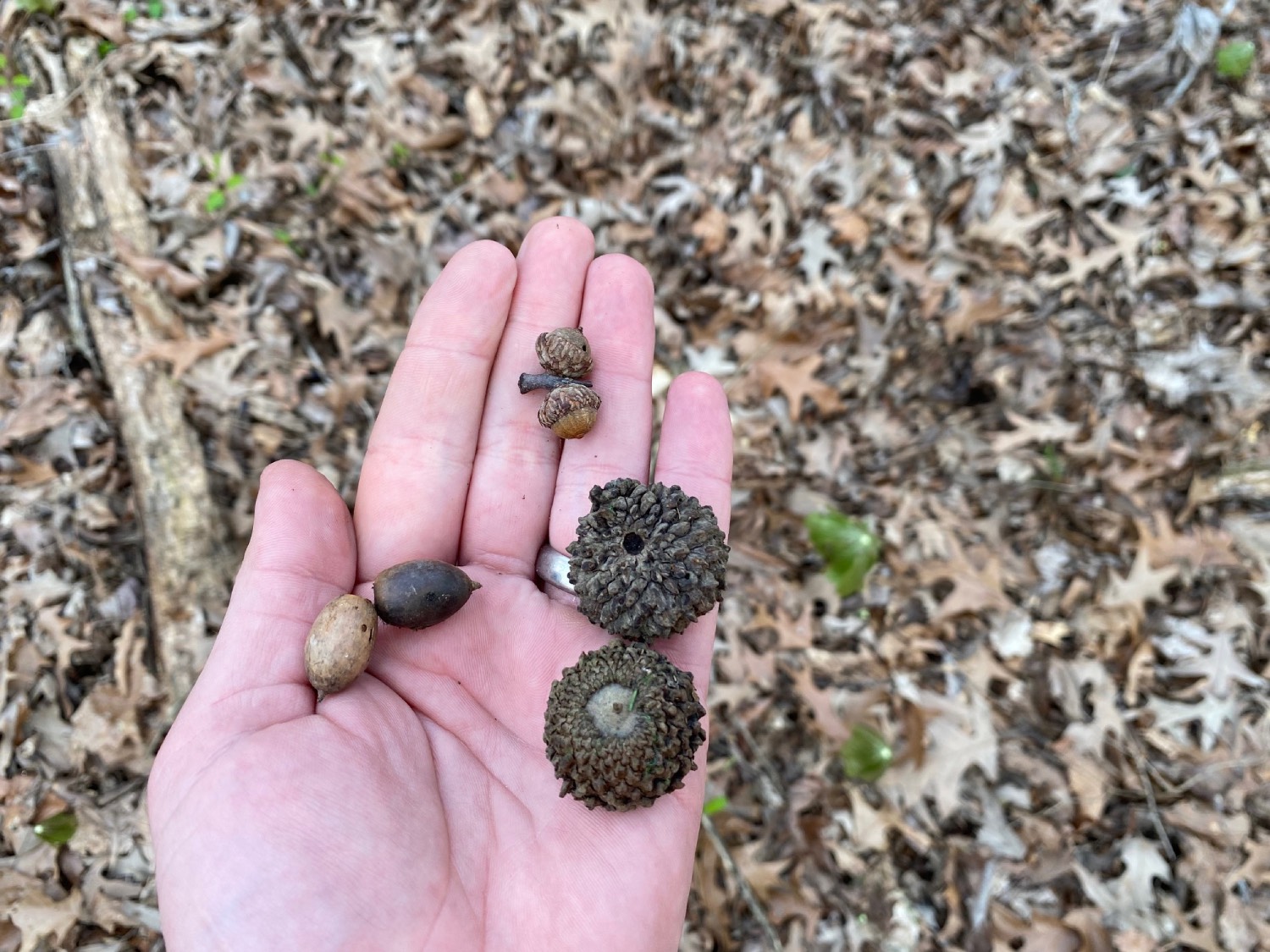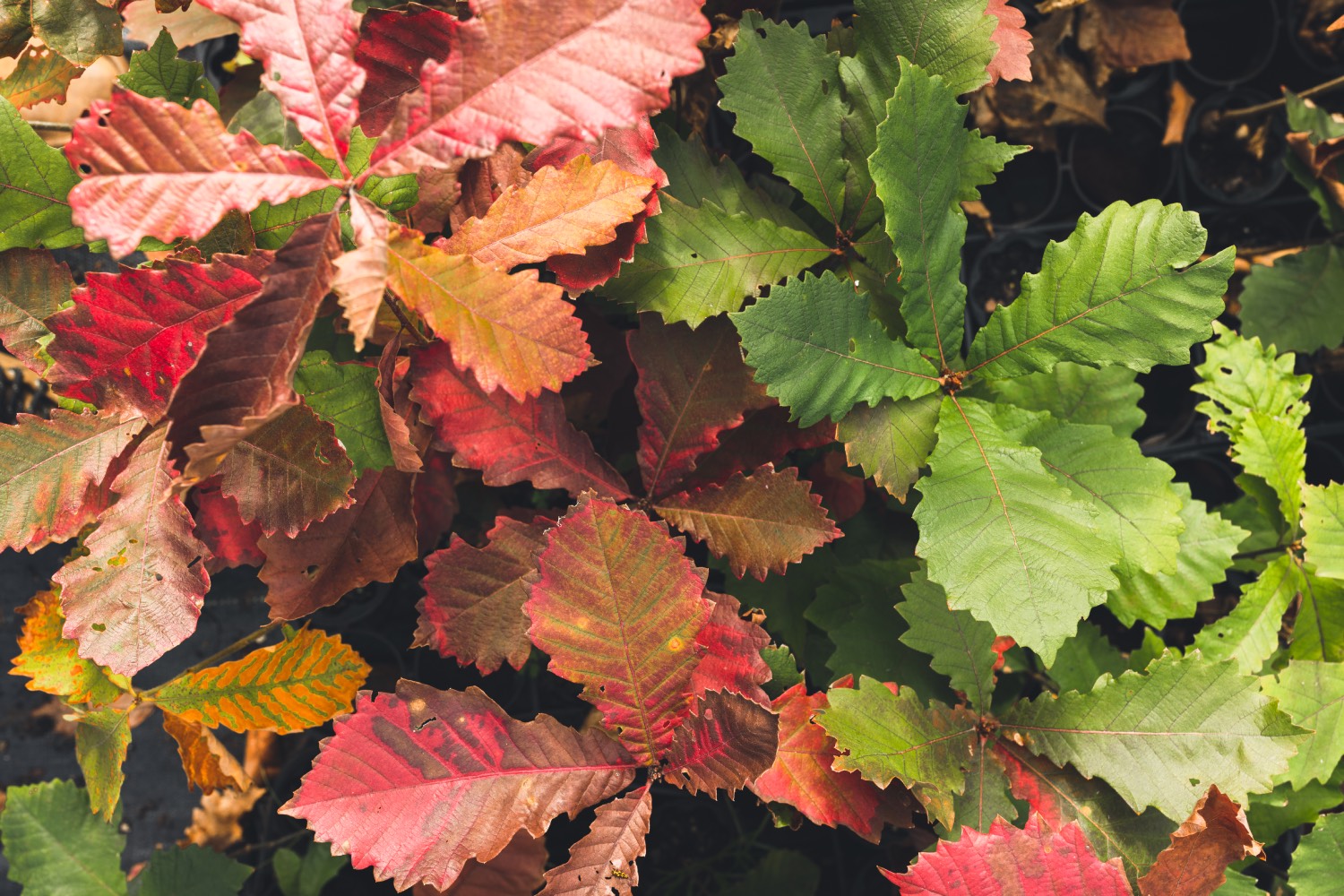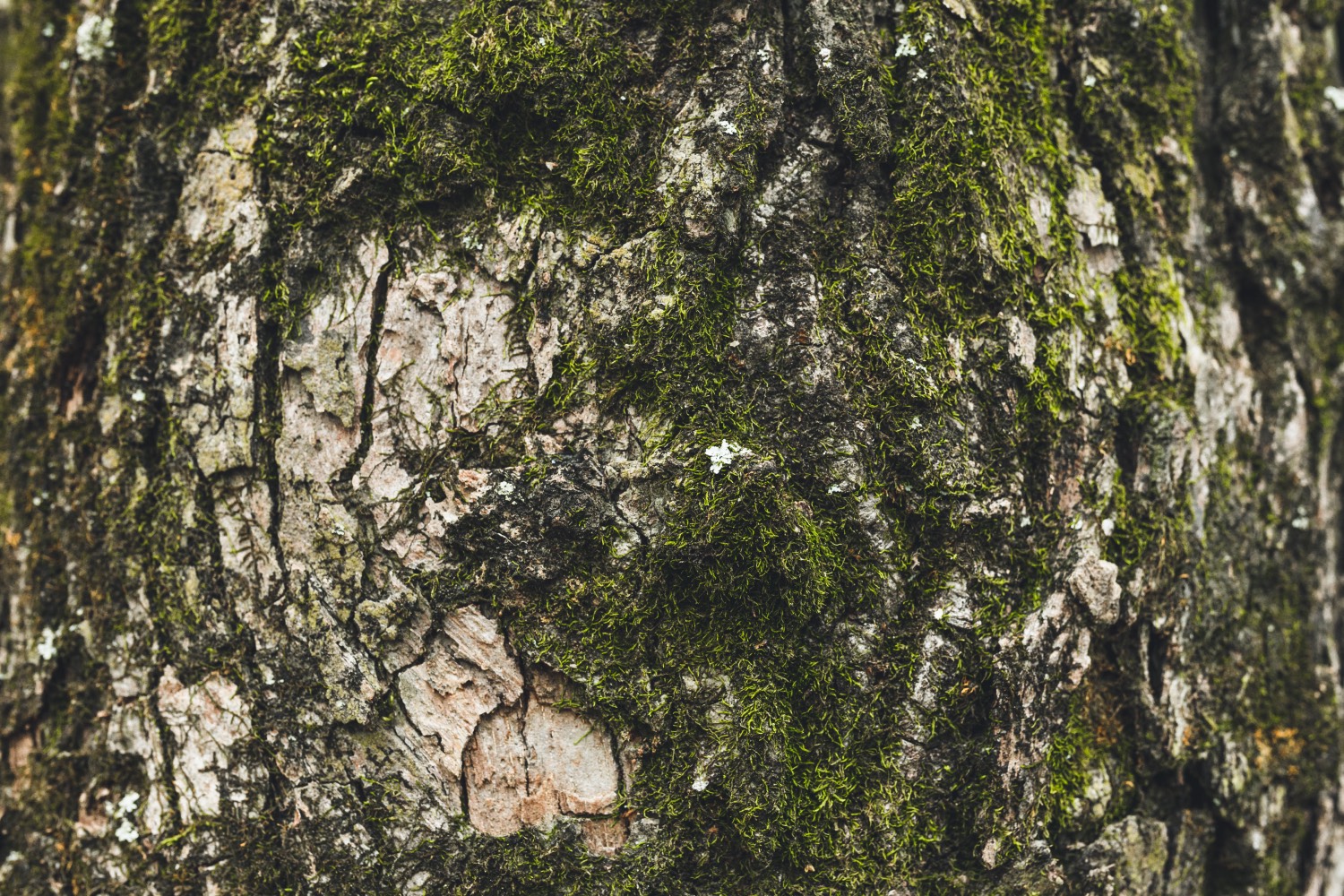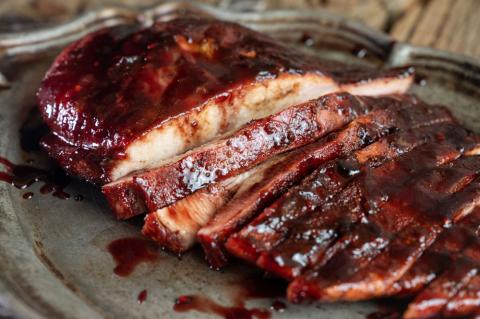Chris Bridges
With the end of winter quickly approaching and more folks thinking about scouting for spring squirrel and turkey hunting, a topic that hunters and landowners will often start to think about is proper forest management for wildlife. Sunny spring days are a great time to scout both for signs of animal movement, but perhaps more importantly for the signs that your woodlands contain the proper mix of forest species to attract the game species for which you are managing. I find it useful to think about managing forests like other parts of the farm, whether it be pasture, row crops or timber. For your hunting site to provide the crops that wildlife need, you must have an idea of the species, age, size and overall health of your forestland.

Pictured: Red oak, white oak, and overcup acorns
What are Crop Trees?
Crop tree management is a silvicultural strategy employed by foresters that focuses on enhancing the performance of individual trees. Most often, this is focused on increasing the long-term income generating potential of a stand. For most of us in the central or southern hardwoods, this includes identifying the white and red oaks, black walnut, pecan, black cherry or other species with the highest commercial value. Crop tree management for wildlife is similar in that the focus is on enhancing the performance of individual trees, but slightly nuanced by concentrating on species that have the most value in attracting the wildlife for which you are managing.
This requires an understanding of the types of mast that your woodlot is producing. Most hunters will know to recognize a good producing white oak, but fewer of us might be able to recognize soft mast producing species like plum, persimmon, elderberry, hackberry or sugarberry. Additionally, given that there are over twenty different oak species native to Tennessee alone, it is worth knowing the differences in maturity, size, nutritional differences and wildlife preferences for the many different white (swamp white, post oak, overcup oak, chestnut oak, etc.) and red (southern red, cherrybark, northern red, willow, Shumard) oaks. For myself, Spring is the perfect time for the identification of plums, crabapples and other soft mast producers that flower sooner than most other trees.
Read More: Taking Inventory of Mast Producing Trees
Therefore, the first step in crop tree management is the identification of the trees that are producing the type of crop that suits your needs. Hard mast is said to be more important than soft mast, but having both spatial and temporal diversity in your crop trees seems to be important. Spatial diversity of mast producing trees would mean knowing the locations of oaks that have exhibited high acorn crops over several years. Temporal diversity would mean having trees that yield mast early in the season, like plums and persimmons, as well as white oaks that drop acorns in early fall and red oaks that drop acorns later into winter.
Competition Control

Pictured: Oak seedlings from Mossy Oak's Nativ Nurseries
Given the high level of competition between species on many forest sites for sunlight, water and nutrients, crop tree management for wildlife also necessitates the elimination of undesirable species of trees, also called cull trees. In order to increase the growth of good mast producers, landowners must open the canopy up enough to allow crop trees appropriate access to sunlight. Therefore, identification and removal of sweetgum, elms, sycamores, maples and ashes might be justified if the removal of these species will increase the growth of crop trees like oaks, hickories and beech. Removal of undesirable species by cutting will obviously pay off in the long run by improving the growth of crop trees. However, if properly marketed, it is possible that removal of these undesirable trees can provide income for the landowner.
Finally, consideration must be given to the genetics of superior crop trees for wildlife. Most of us have identified white oaks that yield a consistently high crop of acorns across multiple growing seasons. Given that temperature, rainfall, late freezes and other climatic conditions can determine whether or not we have a good or bad mast year, it is important to document acorn production across several years. This should help us to know which individual trees are high producers, and subsequently which should be released through silvicultural removal of competing vegetation.
Most long-term studies have indicated that fertilization may not be the best investment for crop tree management, particularly when compared to removal of competition. Fertilization of food plots obviously demonstrates advantages in the growth of annuals. However, the soil chemistry and nutrient dynamics of forests are vastly different than that of food plots or annual crops. Subsequently, identification and provision of sunlight to crop trees is likely more important than other silvicultural strategies for improving mast production.
Shop Now: Mossy Oak's Nativ Nurseries
Growing Crop Trees for Wildlife
If your woodlot is found lacking in either sufficient species or quantity of crop trees, it may be necessary to supplement your site by planting additional crop trees for the future. Because it may take several years for many species to reach mast producing age, it is important to plant genetically superior seedlings. Planting seedlings that have been selected for precociousness (early seed production) and are well adapted to your site’s climate and soils can accelerate the development of crop trees on your site. Working with trusted growers like Mossy Oak Nativ Nurseries can be helpful in identifying quality seedlings that can more rapidly develop into crop trees for wildlife. a
Whether you are supplementing your wildlife plantings or simply identifying superior trees that need space to grow, there are many opportunities for crop tree management to improve wildlife habitat throughout the region. We have all walked through upland clearcuts dominated by tuliptree, or bottomland monocultures of sweetgum, wondering how long it would take for these sites to transition to oaks. Spring is a great time of year to identify the crop trees that are most important for our wildlife species of interest, and to make sure they have access to the sunlight these species need to thrive. If proper forest management is truly an intergenerational arrangement, then it is worth the time to select and manage the crop trees that will provide for the types of wildlife habitat you want to leave in the future.




























